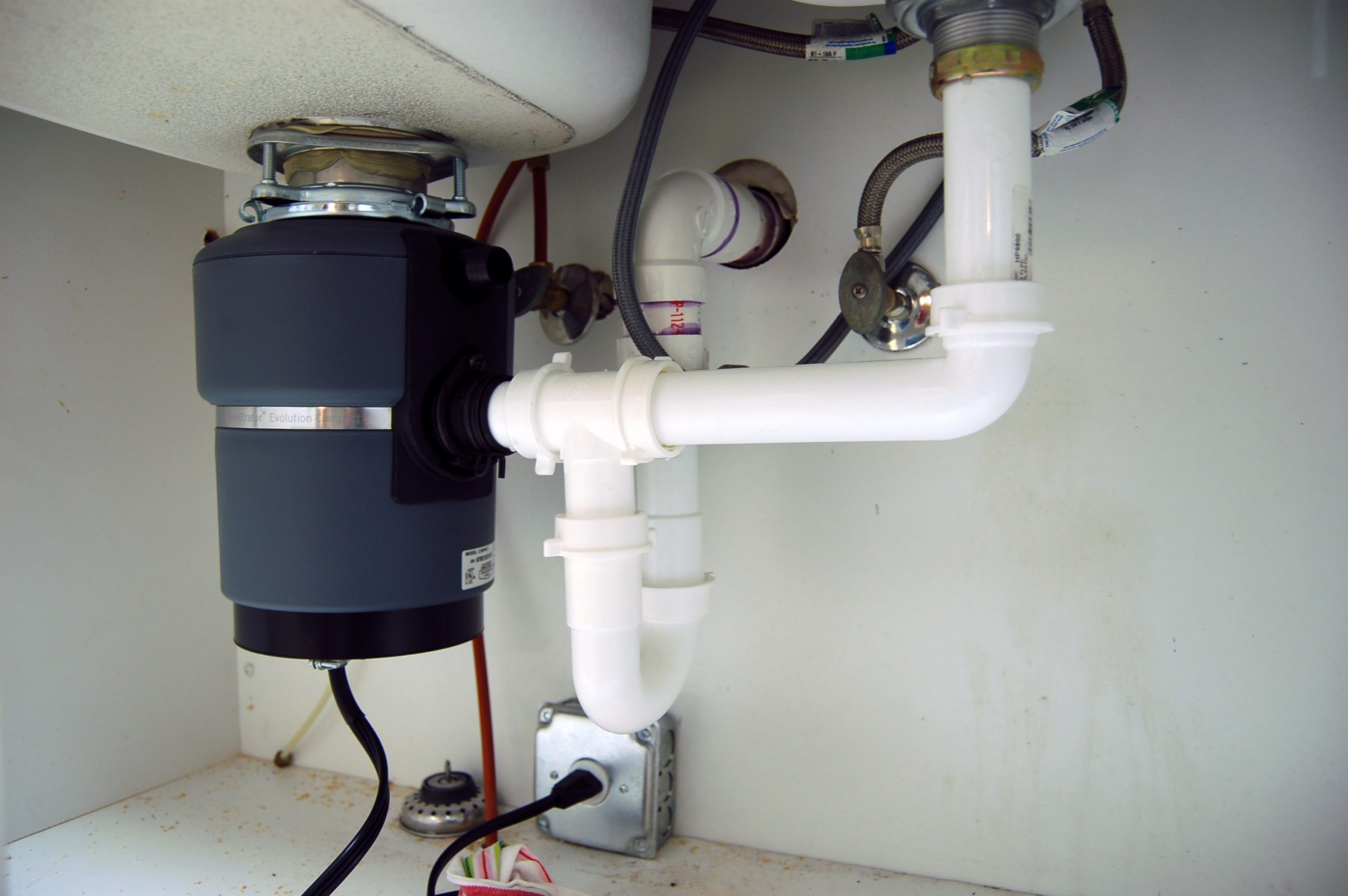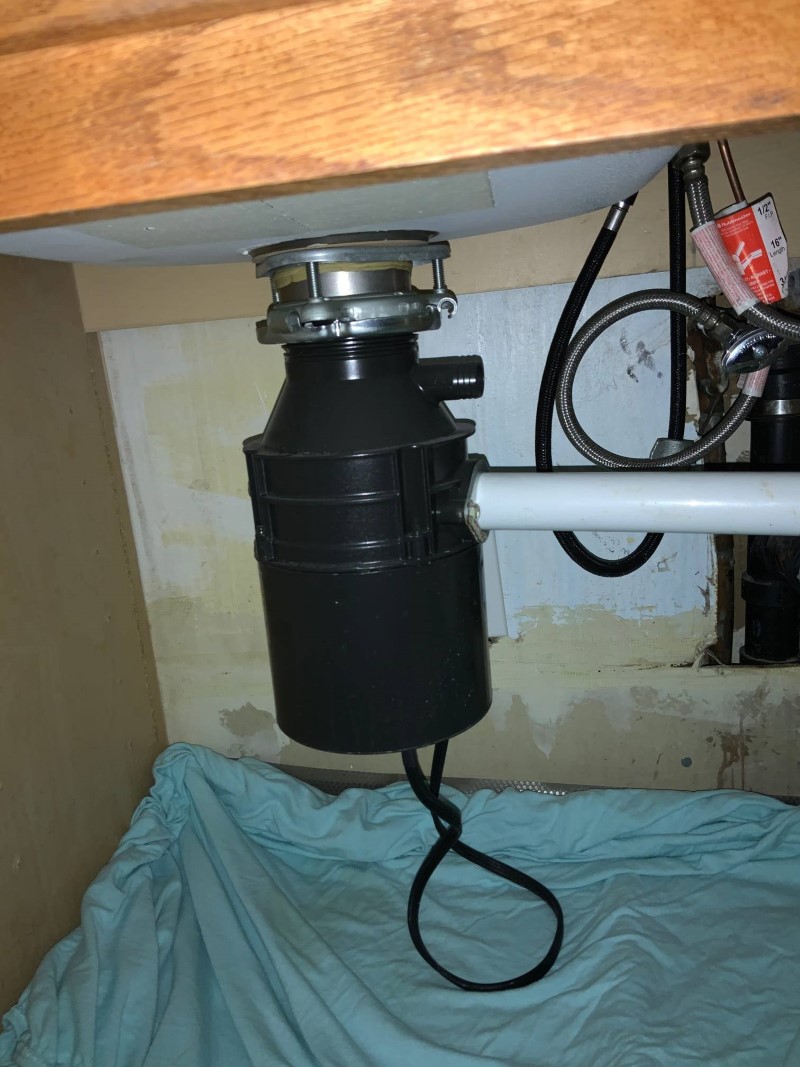What're your thoughts about Why Is My Garbage Disposal Leaking From the Bottom??

Garbage disposals are essential kitchen area appliances that assist in disposing of food waste efficiently. Nevertheless, a dripping waste disposal unit can be an irritating and messy issue to manage. Luckily, several leakages can be dealt with quickly with a couple of straightforward actions. In this post, we will certainly go over exactly how to take care of a leaking garbage disposal successfully.
Introduction
Waste disposal unit are installed under kitchen sinks and are developed to shred food waste into smaller pieces, enabling it to travel through the pipes system conveniently. While these gadgets are usually dependable, leaks can occur over time because of damage, loose connections, or damages to the unit.
Step-by-Step Guide to Repairing a Leaking Garbage Disposal
Switch off the Power
Prior to trying any repair work, make certain that the power to the waste disposal unit device is switched off to stop the threat of electric shock.
Situate the Leak
Identify the exact location of the leakage and establish the cause
Tighten Links
Use a wrench to tighten any kind of loose links in between the disposal device and the plumbing system.
Change Seals or Gaskets
If the leak results from used seals or gaskets, get rid of the old components and change them with brand-new ones.
Patching Cracks or Openings
For splits or holes in the disposal unit, use epoxy or an appropriate patching material to secure the damaged location.
Determining the Resource of the Leakage
Before trying to fix a dripping waste disposal unit, it is essential to identify the resource of the leak. This can commonly be done via visual examination or by performing simple examinations.
Visual Examination
Inspect the waste disposal unit system carefully for any kind of signs of water leak. Pay close attention to locations around seals, gaskets, and link points.
Testing for Leaks
One means to evaluate for leakages is by running water through the disposal system and checking for any kind of noticeable indications of leak.
Common Sources Of Leaks in Waste Disposals
Worn Seals and Gaskets
Seals and gaskets play a crucial function in avoiding water from leaking out of the garbage disposal. Over time, these elements can degrade, causing leakages around the disposal device.
Loose Links
The links in between the garbage disposal and the plumbing system can end up being loosened gradually, causing water to leak out throughout procedure.
Cracks or Openings in the Disposal System
Physical damages to the garbage disposal, such as splits or openings in the real estate, can additionally cause leakages.
Devices and Products Needed for Fixing a Dripping Waste Disposal Unit
Prior to beginning the fixing process, collect the essential devices and products, including a screwdriver, adjustable wrench, plumber's putty, substitute seals or gaskets, and epoxy or patching product for fixing fractures or openings.
Checking the Waste Disposal Unit After Repair
When the repair service is complete, check the waste disposal unit by running water through it to ensure that the leak has actually been settled.
Preventive Upkeep Tips to Avoid Future Leaks
To prevent future leakages, it is essential to execute normal upkeep on your waste disposal unit. This includes maintaining it clean, avoiding putting non-food products or hard items down the disposal, and occasionally looking for leakages or other issues.
Verdict
Finally, dealing with a leaking garbage disposal is a fairly straightforward procedure that can be completed with basic devices and products. By complying with the actions laid out in this article and exercising preventative upkeep, you can keep your garbage disposal in good working condition and stay clear of costly repairs in the future.
What to Do About a Leaking Garbage Disposal
A leaking garbage disposal often goes unnoticed until you confront a sopping cabinet, a foul-smelling puddle, or an audible drip-drip-drip from the unit. The fix can be frustrating, too, because the leak can stem from a number of components in the system. Fortunately, with a little sleuthing, you can zero in on the leak and—depending on the exact location—stop the icky oozing and repair the component that caused it. Worst case scenario, if it turns out that the garbage disposal must be replaced, installing a new one is a reasonable do-it-yourself task for those with basic plumbing skills. Read on to keep the cash you’d otherwise hand over to a pro.
Prepare to find the leak
Prior to testing the garbage disposal for leaks, unplug it at the wall outlet and turn off the power from the breaker box to prevent electrical shock. Then insert a watertight sink stopper into your sink drain and wipe the unit dry with a clean cloth. In any handy container, mix a few drops of food coloring into a few cups of water, and pour the dyed water onto the sink stopper to help you locate the leak.
Investigate the source
the top, where the disposal meets the sink drain the side, where the dishwasher hose or main drain pipe connects to the disposal or the bottom of the unit Inspect each of these locations while gliding a light-colored rag over the unit; the dyed water will readily show on the rag and reveal the location of the leak. If a leak isn’t immediately apparent, remove the sink stopper and pour a few more cups of dyed water down the sink drain, then check for leaks again. Leaks near the top of the unit are more likely to show themselves while the sink is plugged, while side and bottom leaks are more noticeable while the sink is unplugged.
The metal sink flange that sits directly inside the sink drain is typically sealed around the top with plumber’s putty (a clay-like sealant) and then secured from under the sink with bolts. If the plumber’s putty deteriorates, or the bolts loosen, the flange can no longer form a watertight seal between the sink drain and the disposal—which could cause a leak at the top of the unit.
To reseal the leaky flange, you must first detach the garbage disposal. Start by loosening the screws securing the main drain pipe to the disposal, then loosen the screws in the metal clamp securing the dishwasher hose to the disposal and detach the drain pipe and dishwasher hose from the disposal. Loosen the screws in the mounting ring that connects the disposal to the metal mounting assembly beneath the sink, then pull down the disposal and carefully set it on a clean, dry surface. Loosen the bolts in the mounting assembly with a wrench, then pull down the mounting assembly and set it near the disposal.

Do you enjoy reading up on Garbage Disposal Leaking From Bottom? Try to leave feedback directly below. We'd be glad to listen to your feelings about this review. We are looking forward that you visit us again soon. Do you know about another person who is fascinated by the niche? Why not share it. Thanks a lot for your time. Don't forget to come visit our website back soon.
About